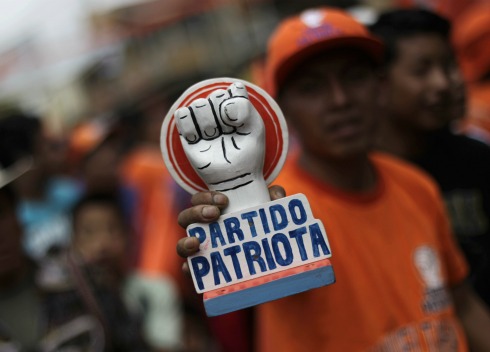Guatemala’s Election Goes to Phase Two

The first round of the Guatemalan presidential election has lamentably ended with no clear victor, certainly not one for the prospects for a rational resolution of the country’s ten-year struggle that resulted in the loss of 200,000 lives. On September 12, Guatemalan officials announced that a second runoff election will be held on November 6 between the top two candidates who received the most votes, Otto Pérez Molina of the Patriotic Party (PP), and Manuel Baldizón of the Renewed Democratic Liberty Party (Líder). Molina is a former hard line general in the Guatemalan military, who gained wide support for his unrelentingly “mano dura” policy, which The Economist has described as a crime-busting platform built around lengthening criminal sentences, the hiring of additional police forces, increasing the use of video surveillance technology, and lowering the age of criminal responsibility. Baldizón does, however, cater to segments of the rural, poor population, demonstrated by his victory in three districts historically aligned with the social-democratic, left-leaning ruling party of current president Álvaro Colom, the National Unity of Hope (UNE).
Baldizón’s appeal remains limited, however, and Molina’s widespread popularity, based on his tough-on-crime position, will likely result in an easy victory for Baldizón’s rival. Meanwhile, Molina’s proposals on tackling crime and violence in Guatemala closely resemble the feckless policies of Mexican and El Salvadorian officials in their efforts to contain bloodshed within their countries’ borders. Molina’s policies, focused on confronting and combating militant groups, may end up increasing the already soaring rates of violence in Guatemala, much to the dismay of its woefully malnourished and impoverished rural population.

